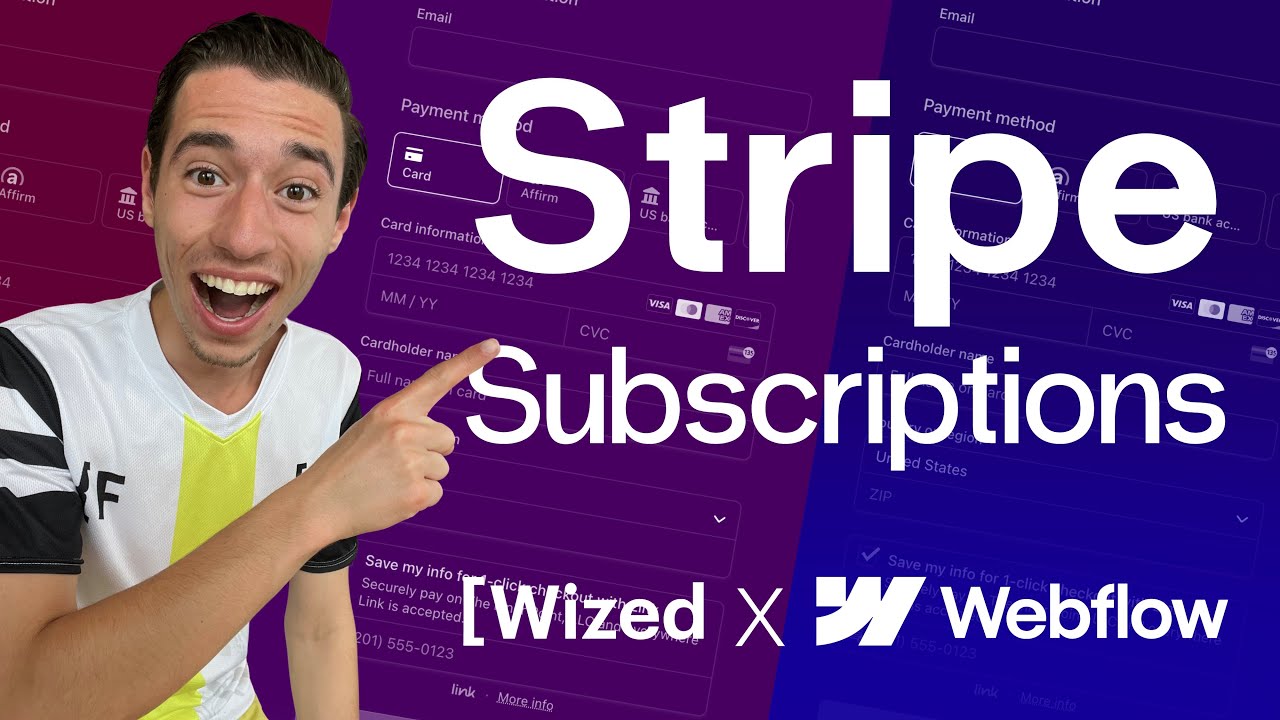How to Handle POST Request in Next.js API | App Router
Summary
Please replace the link and try again.
Takeaways
- 🚀 The video demonstrates handling a POST request in Next.js API routes.
- 📌 A previous video showed how to build a REST API using Next.js (version 4).
- 🛠️ An existing API route and a POST function are used for the demonstration.
- 💻 Postman is utilized to send data to the API endpoint.
- 🌐 The API endpoint runs on localhost:3000.
- 📱 A GET request on the endpoint is shown to display existing data.
- 📝 Data is posted to the endpoint using JSON format in the request body.
- 🔍 Logging the request object allows inspection of the posted data.
- 📄 Reading the posted data is done using `request.json`.
- 🔄 A rerun of the POST request confirms that the data can be read correctly.
- 📝 Form data can also be sent using the same API endpoint.
- 🤞 The video aims to be useful for viewers and encourages feedback in the comments section.
Q & A
What is the main topic of the video?
-The main topic of the video is handling a POST request in Next.js APIs.
Which version of Next.js was used in the previous video mentioned in the transcript?
-The previous video used Next.js version 4 to build a REST API.
What is the purpose of the API route created in the video?
-The purpose of the API route is to handle POST requests for posting data to a specific API endpoint.
Which tool is used in the video to test the POST request?
-Postman is used to test the POST request.
What is the URL of the API endpoint used in the video?
-The URL of the API endpoint is http://localhost:3000/api/users.
How is data sent in a POST request using Postman?
-Data is sent in a POST request using Postman by entering the data in the body as JSON.
How does the video demonstrate reading the posted data in Next.js?
-The video demonstrates reading the posted data by logging the request object and then accessing the data using `request.json`.
What happens when form data is sent but not properly handled in the Next.js API?
-When form data is sent and not properly handled, a server error occurs.
How can form data be read in a Next.js API?
-Form data can be read in a Next.js API using `request.formdata`.
What is the outcome of successfully handling form data in the API?
-After successfully handling form data, the data can be read and displayed without any server errors.
What does the video suggest at the end for viewer engagement?
-The video suggests viewers share their thoughts in the comments section below.
Outlines

This section is available to paid users only. Please upgrade to access this part.
Upgrade NowMindmap

This section is available to paid users only. Please upgrade to access this part.
Upgrade NowKeywords

This section is available to paid users only. Please upgrade to access this part.
Upgrade NowHighlights

This section is available to paid users only. Please upgrade to access this part.
Upgrade NowTranscripts

This section is available to paid users only. Please upgrade to access this part.
Upgrade NowBrowse More Related Video

How To Structure Your NextJS App With App Router - Intro To Routing - Route Groups - Deploy

NextJS 13 API Routes: Better Than Expected!

10 common mistakes with the Next.js App Router

Express JS #5 - Post Requests

Next.js App vs. Pages Router - Which One is Better?

Next-Auth Login Authentication Tutorial with Next.js App Directory

Stripe Subscriptions in Wized & Webflow (No-Code Stripe Integration in Wized!)
5.0 / 5 (0 votes)